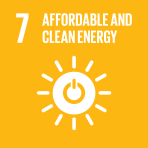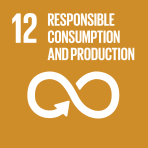Abstract
The first months of 2022 witnessed an accelerated spike in the international prices of food and energy as a result of the ripple effects of the war in Ukraine. In the following months, from May to September 2022, food prices dropped while natural gas and coal prices continued to surge. At present, low- and middle-income countries are primarily facing a food crisis, whereas high-income countries are predominantly challenged by an energy crisis. Policy responses have also diverged: Subsidies account for about 40 percent of responses, while cash and in-kind transfers accrue 39 percent. There are vast inequalities and inefficiencies at play: Some 53 percent of transfers and subsidies are spent in high-income countries, whereas low-income countries account for only 1 percent of the policy response. On average, for every US$1,000 spent per month, a universal subsidy would prevent one person from falling into poverty, but this number increases to 2.7 if the same amount is spent on a targeted cash transfer scheme. The cost-of-living crisis has not ended—in fact, it is further exacerbating other crises.
- 21 Dec 2022




